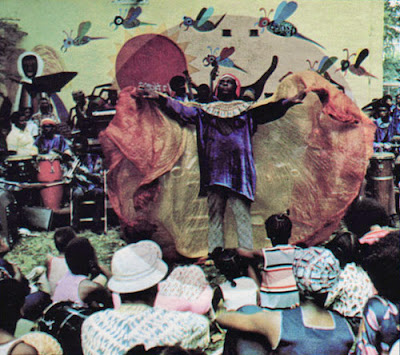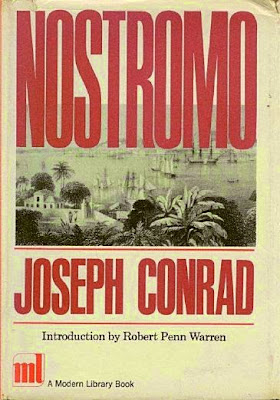
"The exhibition will offer a new perspective on Latin American photography from 1960 to today, focusing on the relationship between text and the photographic image. Bringing together more than seventy artists from eleven different countries, it reveals the great diversity of photographic practices by presenting the work of documentary photographers as well as that of contemporary artists who appropriate the medium in different ways. This unique presentation will provide the visitor with the opportunity to delve into the history of the continent and to rediscover the works of major artists rarely exhibited in Europe."
Paris Photo
Aesthetica Magazine
FIPCOM 2014
América Latina 1960-2013: Fondation Cartier pour l’art contemporain
YouTube: América Latina 1960-2013 | Visite de l'exposition


























